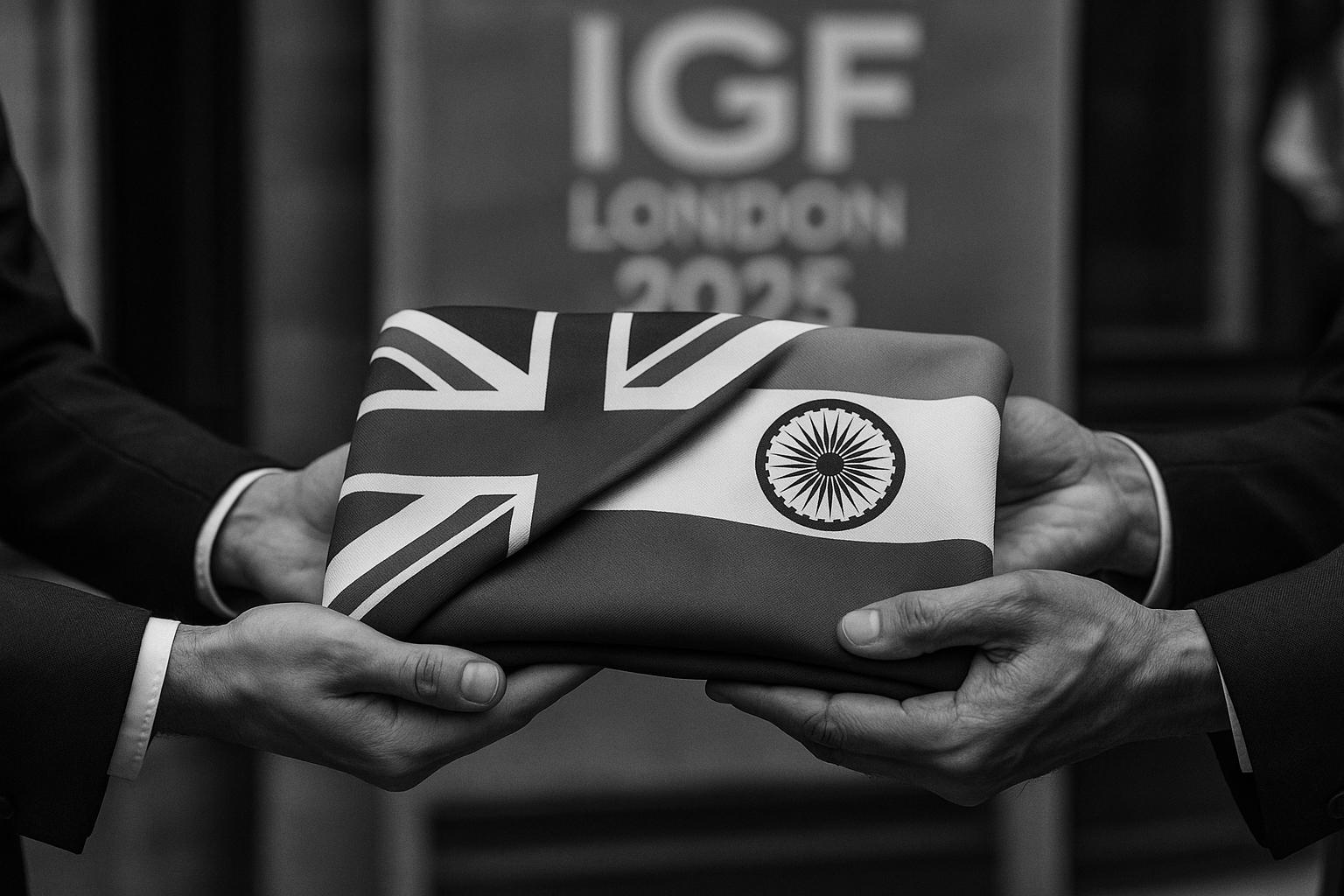The upcoming India Global Forum (IGF) London 2025 promises to be a landmark event in the evolving relationship between the United Kingdom and India, set against the backdrop of a recently concluded free trade agreement (FTA) that marks a new chapter in bilateral cooperation. The IGF London 2025 is designed to be a dynamic platform bringing together leaders, policymakers, cultural icons, and innovators, focusing on transforming the ambitious UK-India FTA from a signed agreement into tangible actions and benefits. This transition from agreement to implementation is not only timely but pivotal, as both nations aim to leverage this partnership for expansive economic, technological, and cultural collaboration.
The historical context of the FTA underscores its significance. After over three years of negotiations, the UK and India finalized a deal projected to boost bilateral trade by £25.5 billion annually by 2040. The agreement includes substantial tariff reductions: Indian exports such as textiles, food, and jewellery will enjoy nearly duty-free access to the UK market, while UK exports—including whisky, medical devices, automobiles, and cosmetics—will benefit from lowered tariffs over the next decade. For instance, tariffs on whisky, previously as high as 150% in India, will decrease to 40%, reflecting a gradual but notable market opening. British Prime Minister Keir Starmer has described this as the UK's most significant trade deal since Brexit, and Indian Prime Minister Narendra Modi has lauded it as ambitious and mutually beneficial. The FTA also introduces modest provisions for business mobility, easing visa access for select Indian professionals like musicians and chefs, without making profound changes to overall immigration policy.
The strategic importance of this agreement is multifaceted. For India, it not only compensates for potential economic disruptions from tariffs imposed by other major economies but also signals a growing openness to Western markets. For the UK, the deal aligns with post-Brexit economic priorities of expanding trade relationships beyond Europe. However, the political landscape within the UK is complex; while trade openness is pursued actively, immigration policies remain restrictive under Home Secretary Yvette Cooper’s influence, maintaining strict controls that temper the full potential of business mobility envisaged in the FTA. This tension reflects a balancing act in UK policy between economic growth ambitions and political imperatives concerning immigration control.
IGF London 2025 will go beyond trade and delve into pioneering collaborations in technology and sustainable development. The forum is set to spotlight key sectors such as artificial intelligence, quantum computing, healthcare, space technology, and clean energy. Both countries aspire to lead in these critical areas, harnessing their complementary strengths to tackle pressing global challenges, including health improvements and environmental sustainability. This convergence of technological innovation is expected to spawn numerous bilateral projects and investments, forging pathways for the UK and India to co-create solutions that transcend national borders.
Cultural diplomacy will also feature prominently at IGF 2025, reflecting its recognised role as a powerful undercurrent in international relations. The event will showcase how cultural exchange and shared values act as a soft power that deepens bilateral ties beyond economics and technology. Through discussions and collaborations in creative industries, the forum aims to build bridges of mutual understanding, respect, and long-term cooperation—a testament to the culturally rich and historically intertwined relationship between the UK and India.
In summary, IGF London 2025 stands as a pivotal moment for UK-India relations, encapsulating the economic promise of the newly ratified FTA while fostering innovation and cultural exchange. As the nations move from negotiation to implementation, the forum will catalyse new partnerships, economic opportunities, and diplomatic goodwill, laying a robust foundation for a strategic alliance poised to influence global trade and technological landscapes for decades to come.
📌 Reference Map:
- Paragraph 1 – [1], [4]
- Paragraph 2 – [2], [3], [4], [5]
- Paragraph 3 – [4], [6]
- Paragraph 4 – [1], [5]
- Paragraph 5 – [1]
- Paragraph 6 – [1], [2], [3], [4], [6], [7]
Source: Noah Wire Services
